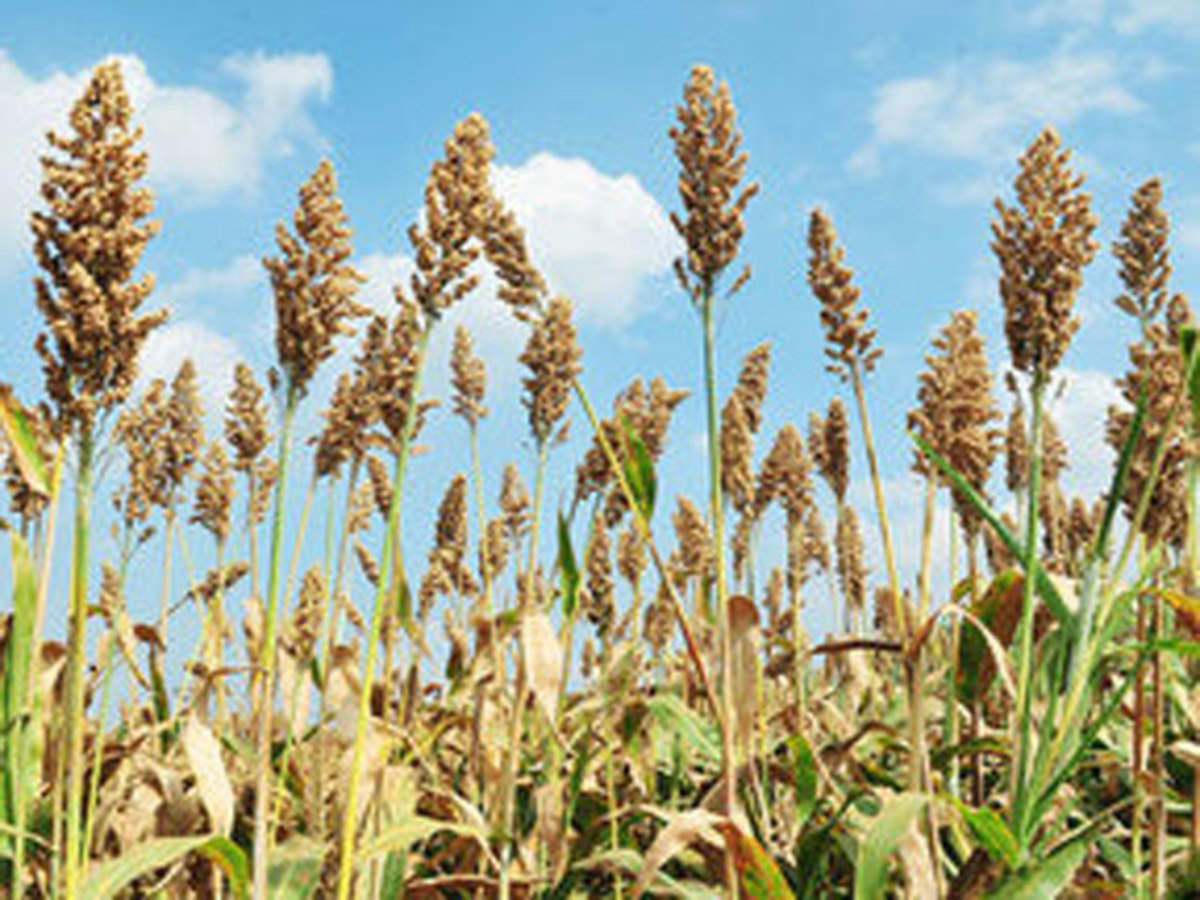Barnyard millet is a good source of protein, which is highly digestible and is an excellent source of dietary fiber with good amount of soluble and insoluble fractions. The carbohydrate content of barnyard millet is low and slowly digestible, which makes the barnyard millet a nature’s gift for the modern mankind who is engaged in sedentary activities. In it millet the major fatty acid
is linoleic acid followed by palmitic and oleic acid. It also shows a high degree of retrogradation of amylase, which facilitates the formation of higher amounts of resistant starches. Hence it can be potentially recommended for the patients with cardiovascular disease and diabetes mellitus. Barnyard millet is most effective in reducing blood glucose and lipid levels.
In today’s scenario of increased diabetes mellitus, this millet could become an ideal food. It is also an appropriate food for patients intolerant to gluten which causes celiac disease.The millets have a hard cellulosic husk layer that humans cannot digest. The removal of the husk layer becomes the primary task of processing these grains. Once removed, the respective millets’ rice is attained. Small seeds of barnyard millet are processed on groats which are then used for preparation of different types of porridges.
1. Low in Calories
Barnyard millet is a good source of highly digestible protein and at the same time is least caloric dense compared to all other cereals. It is a grain which makes one feel light and energetic after consumption. A serving of barnyard millets (25g, raw) gives 75 calories and 1.5g of protein.
2. Rich in Fiber
It is an excellent source of dietary fiber with a good amount of both soluble and insoluble fractions. The grain encompasses the highest amount of fiber in comparison to other grains and millets with a serve providing 2.4 grams of fiber. According to a study published in the Journal of Food Science and Technology, the dietary fiber content of barnyard millet was high (12.6%) including soluble (4.2%) and insoluble (8.4%) fractions. The high fiber content helps in preventing constipation, excess gas, bloating and cramping.
3. Low Glycemic Index
The carbohydrate content of barnyard millet is low and slowly digestible, making the barnyard millet a low glycemic index food.
The carbohydrates in millet show a high degree of retrogradation of amylase, which facilitate the formation of higher amounts of resistant starch. Hence, it can be potentially recommended for patients with cardiovascular disease and diabetes mellitus. In today’s scenario, this millet becomes one of the ideal foods for diabetics.

A study published in the Journal of Food Science and Technology showed that supplementation of barnyard millets among diabetics for a period of one week can reduce blood sugar levels. The barnyard millet improved carbohydrate tolerance among the participants (both diabetic and non-diabetic) by significantly reducing fasting plasma glucose levels.
4. Gluten-Free Food
Like all millets, the barnyard millet is gluten-free. It is an appropriate food for patients who are intolerant to gluten (those with celiac disease) or looking to follow a gluten free lifestyle which eliminates wheat, barley, rye-based foods. The millet being easily available, quick to cook and good to taste proves to be an ideal wholesome alternative to rice, wheat and other less easily available millets.
5. Good Source of Iron
According to research on nutrient content on millets, some varieties of barnyard millet have shown to contain high amounts of iron (18.6 mg in 100g of raw millet) which was the richest amongst all millets and cereal grains. Barnyard millet could be a good source of iron for vegetarians.


